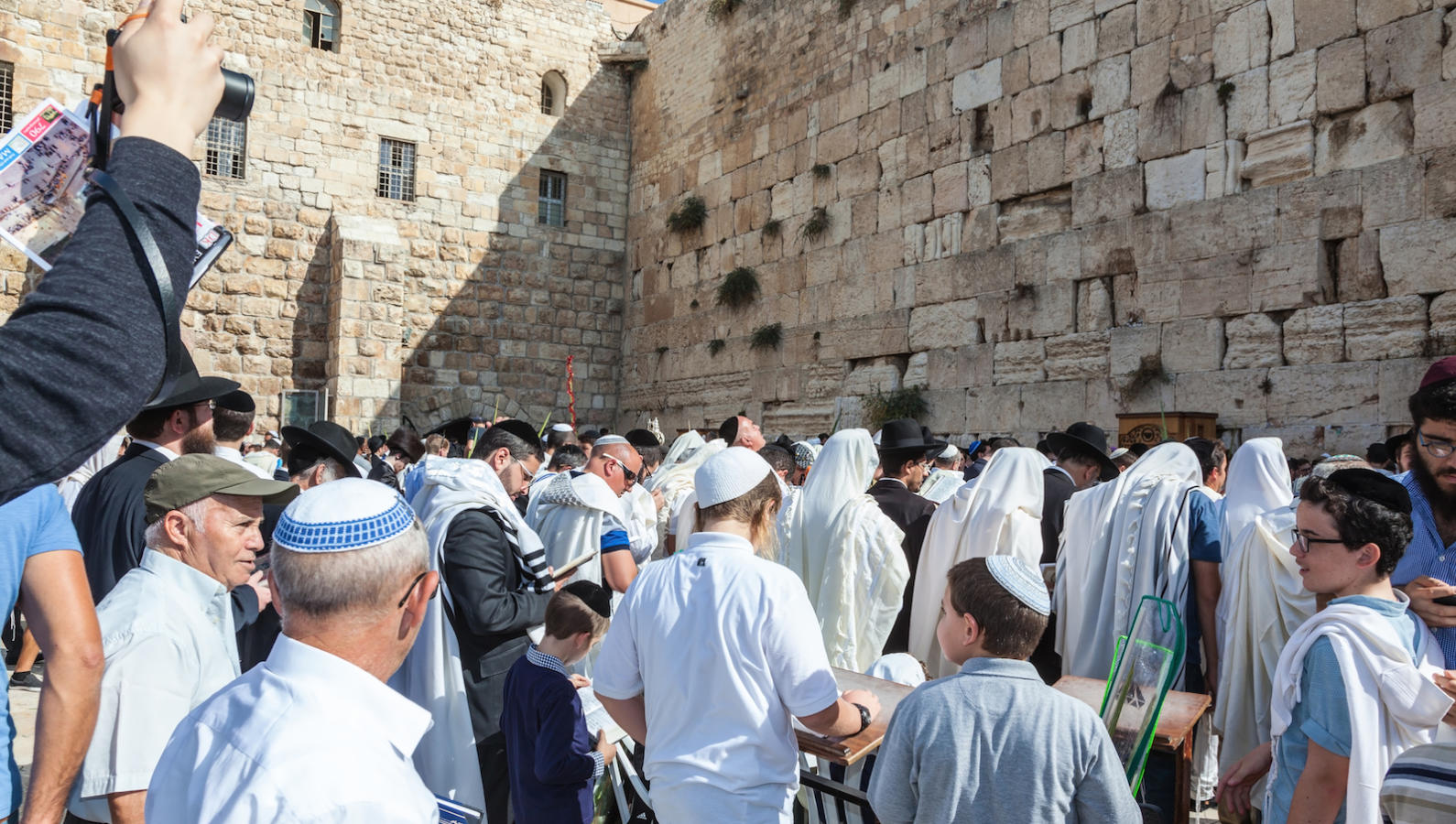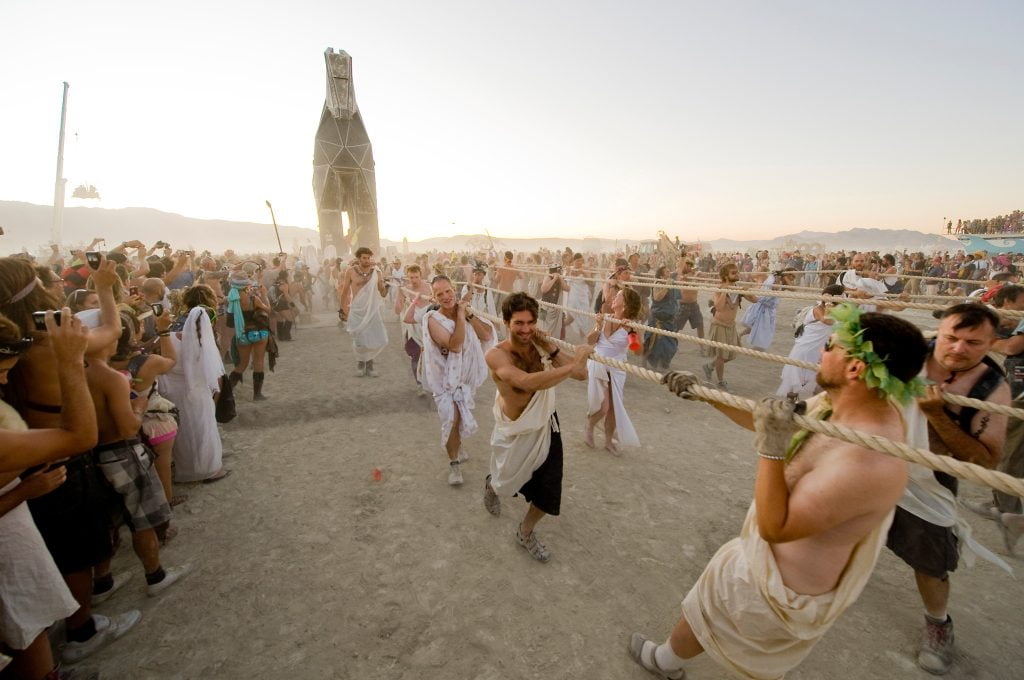Welcome to our latest exploration into the fascinating world of traditional celebrations and customs. In this blog post, we will delve into the Festival of Booths, a significant Jewish holiday also known as Sukkot. But what exactly is the Festival of Booths? Also referred to as the Feast of Tabernacles, this joyous occasion commemorates the Israelites’ journey through the desert and their dependence on divine protection. During Sukkot, families construct temporary booths called sukkahs, decorated with foliage and fruits, where they gather for meals and religious observances. Join us as we uncover the rich heritage and meaningful rituals associated with this ancient festival.
It’s in the trees opposite The Glade pic.twitter.com/ioAIBouAHN
— Secretglasto (@secretglasto) June 30, 2024
Introduction to the Festival of Booths
The Festival of Booths, also known as Sukkot or Succot, is a Jewish holiday that commemorates the forty-year period during which the Israelites wandered in the desert, living in temporary shelters. This year, the festival is celebrated from September 20th to September 27th.
Significance of the Festival
During Sukkot, Jewish families built temporary booths called sukkahs, adorned with decorations and foliage, to represent the temporary dwellings used by the Israelites in the wilderness. This practice fosters a sense of gratitude and humility.
Celebratory Traditions
One significant tradition during Sukkot is the waving of the Four Species – the etrog (citron), lulav (palm frond), harass (myrtle branches), and Arava (willow branches) – symbolizing unity and harmony among different types of people.

Historical Significance of the Festival of Booths
The Festival of Booths, also known as Sukkot, holds a deep historical significance dating back to ancient times. This Jewish festival commemorates the forty years the Israelites spent wandering in the desert after the Exodus from Egypt. It is a time of joy and thanksgiving, celebrating the harvest season and giving thanks for the bountiful blessings received.
Symbolism of the Booths
The booths, or sukkahs, constructed during the festival symbolize the temporary dwellings the Israelites lived in during their journey through the desert. It serves as a reminder of their dependence on and trust in God for protection and sustenance. This tradition highlights the transient nature of life.
Historical Rituals and Practices
The Festival of Booths is marked by various rituals and practices, such as waving the Four Species – the etrog, lulav, myrtle, and willow branches – symbolizing unity and harmony among Jewish people. This tradition fosters a sense of community and togetherness. Additionally, families gather in the sukkah to share meals and rejoice in each other’s company.
- Attending synagogue services
- Reciting special blessings
- Participating in festive parades

Customs and Practices during the Festival
During the Festival of Booths, also known as Sukkot, Jewish communities observe several customs and traditions worldwide. This week-long festival commemorates the Israelites’ journey through the desert and the harvest season. Families build sukkahs, temporary booths covered with branches, to symbolize the temporary shelters used during their wanderings.
The mitzvah of Dwelling in the Sukkah
One of the central customs is the mitzvah of Dwelling in the sukkah. It is customary to eat, sleep, and spend time in the sukkah throughout the festival. This practice fosters a sense of unity and gratitude for the blessings of sustenance provided by nature and the divine.
Four Species
Another significant tradition is the waving of the Four Species – the lulav (palm branch), etrog (citron), harass (myrtle branches), and Arava (willow branches). This ritual symbolizes unity and agricultural abundance, with each species representing different elements of the natural world.
- Lulav: Symbolizes righteousness.
- Erog: Symbolizes the heart.
- Hadass: Symbolizes the eyes
- Aravah: Symbolizes the lips
Symbolism Behind the Booths
The Festival of Booths, also known as Sukkot, holds deep significance in Jewish tradition as a time to commemorate the Israelites’ journey through the desert. The booths, or SSukkah symbolize the temporary shelters the Israelites lived in during their trek. This annual festival allows participants to reflect on their ancestors’ resilience and connection to their heritage.
Historical Roots
The use of booths traces back to ancient times when agricultural societies built temporary structures during harvest season. These booths were essential for protecting crops and workers. In the Jewish context, the booths represent the temporary dwellings of the Israelites during their exodus from Egypt.
This practice also reflects the impermanence of life and emphasizes the importance of gratitude for blessings, echoing the agricultural origins of the festival.
Spiritual Reflection
During Sukkot, observers spend time in the booths, engaging in prayer, meals, and study. The open-roofed design of the SSukkahencourages a connection to nature and the divine. It serves as a reminder of the fragility of life and the dependence on a higher power.
This period offers an opportunity for introspection, gratitude, and rejuvenation of faith, fostering a sense of community and spiritual renewal.
Celebrations and Festivities
During the Festival of Booths, also known as Sukkot, communities come together to celebrate the fall harvest and commemorate the Israelites’ journey through the desert. The festivities typically last for seven days, filled with joyous gatherings, delicious feasts, and traditional rituals.
Community Gatherings
Local neighborhoods and synagogues erect sukkahs, temporary shelters representing the wandering huts of the Israelites. Families and friends gather in these makeshift booths to share meals, stories, and prayers, fostering a sense of unity and togetherness. What a beautiful way to connect with tradition and loved ones.
Cultural Performances
Throughout the festival, communities enhance the festive atmosphere with cultural performances, including lively music, traditional dances, and theatrical presentations that showcase the richness of Jewish heritage. These performances create a vibrant and engaging environment for all participants, adding an extra layer of joy to the celebrations.
Traditional Foods and Cuisine
Delving into the rich tradition of the Festival of Booths unveils a delectable array of traditional foods and cuisines that hold profound cultural significance. From festive and savory dishes to sweet delicacies, the culinary offerings during this festive period are a true reflection of the community’s customs and heritage.
Local Delicacies
Indulge in the flavors of regional specialties such as succulent lamb skewers and fragrant spiced rice dishes that have been passed down through generations. These dishes are prepared with meticulous care and attention to detail, showcasing the culinary mastery of the local chefs.
Time-Honored Recipes
Explore the time-honored recipes of traditional stews and hearty soups that embody the essence of comfort and warmth. These dishes are often enjoyed during communal gatherings, fostering a sense of togetherness and unity among participants. Joining together in a shared meal is a cherished tradition during this festive occasion.
Modern Observance of the Festival
In the modern era, the Festival of Booths is celebrated with a blend of traditional rituals and contemporary customs. Families come together to build sukkahs, temporary shelters covered in foliage, symbolic of the huts used by ancient Israelites during their exodus. These booths are adorned with decorations, often incorporating eco-friendly materials like recycled paper and natural elements.
Community Gatherings
Community gatherings play a significant role in the observance of the festival. What is the Festival of Booths Today? These events feature cultural performances, music, dance, and storytelling sessions highlighting the historical significance of the festival.
Inclusion of Modern Technology
Many modern observances also incorporate technology, with digital sukkah decorations and virtual gatherings becoming increasingly popular. Families now share their festival experiences on social media platforms, spreading joy and awareness about the what is the festival of booths festival.
Frequently Asked Questions
- What is the Festival of Booths?
- The Festival of Booths, also known as Sukkot or Feast of Tabernacles, is a Jewish holiday that commemorates the forty-year period during which the Israelites wandered in the desert, living in temporary shelters.
- When is the Festival of Booths celebrated?
- The Festival of Booths usually falls in September or October following the Jewish holiday of Yom Kippur. It lasts for seven days, with an additional eighth day known as Shemini Atzeret.
- What are some traditions associated with the Festival of Booths?
- One of the central traditions of the Festival of Booths is the building of temporary sukkahs (booths) where meals are eaten and sometimes even slept in during the festival. Other traditions include waving the Four Species, festive meals, and engaging in joyful celebrations.
- Why is the Festival of Booths considered an intriguing holiday?
- The Festival of Booths is considered intriguing due to its unique customs, such as Dwelling in temporary shelters, waving the Four Species, and its agricultural connections. It is a time of joy and thanksgiving, making it a special and intriguing holiday in the Jewish calendar.
- How do people typically celebrate the Festival of Booths?
- People celebrate the Festival of Booths by building and decorating a sukkah, taking meals inside the sukkah, waving the Four Species, attending synagogue services, and participating in festive gatherings with family and friends.
Unlocking the Rich Heritage of the Festival of Booths
As we conclude our exploration of the Festival of Booths, it becomes clear that this ancient tradition holds immense significance in various cultures and religions. From its roots in agricultural celebrations to its modern-day interpretations, the festival symbolizes unity, gratitude, and spiritual renewal. The act of building and dDwellingin booths instills a sense of humility and connectivity with nature and community. By understanding the essence of this festival, we can appreciate the importance of heritage, faith, and tradition in shaping our collective identity. Embracing the Festival of Booths allows us to partake in a timeless ritual that transcends boundaries and fosters a sense of belonging.




